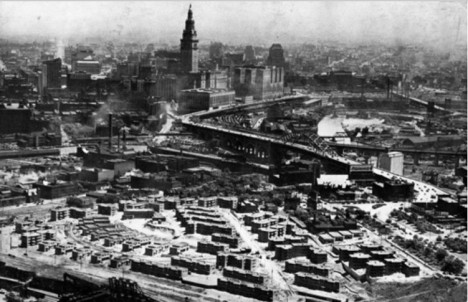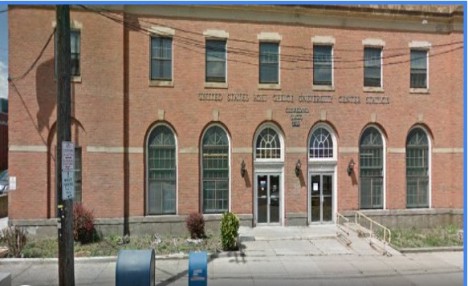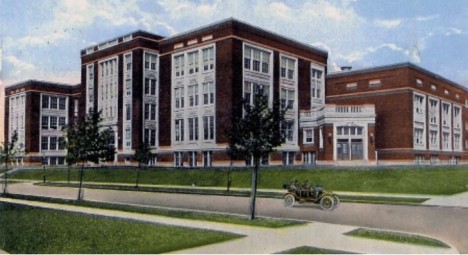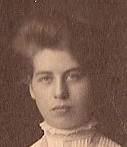Veterans’ Day – originally called Armistice Day to mark the end of hostilities during World War I. Today is the one-hundredth anniversary of that day, so full of joy – for the Allies – but only the beginning of a twenty year interlude before the final settling of scores in the Second World War.
Today, I remember an ancestor of mine who served in both conflicts – my great uncle Bill Wickham. In World War I, he served in France with the Engineer Corps. In the second, he stayed stateside and perhaps stayed on after the war. He died at Fort Lewis, Washington in 1947. [1]

William Wickham was brother to my grandmother, from whom I received the photo shown above. [2] In her diaries, Grandma mentions “Billy” often – during their school days in Norwalk, Ohio, and later when they both homesteaded clams in Wyoming during the 1920s. He died long before her, in 1947, and she was executor of his estate. In her papers I found her correspondence relating to that sad event – papers I will soon send off to his grandson. Although Grandma often told me stories of her long life, she never mentioned her brother to me. I wish she had.
So here is to you, Uncle Bill. Thank you for your service. I am sorry I never got to know you.
Footnotes:
[1] “Hold Services for Maj Wickham,” Sandusky Register Star News, Sandusky, Ohio, 20 Feb 1947.
[2[ Papers Harriott Wickham Barton, in possession of the author.
#
Thanks for visiting! Share and like this post below, and on Facebook. Let me know what you think in the comments. I’d love to hear from you!
Filed under: Norwalk OH High School, Norwalk, Ohio, Uncategorized, Wickham, World War I | Tagged: Armistice Day, Harriott Wickham, Norwalk, Ohio, Veterans Day, William Wickham, World War I, World War II | 8 Comments »



 #9 –
#9 – 


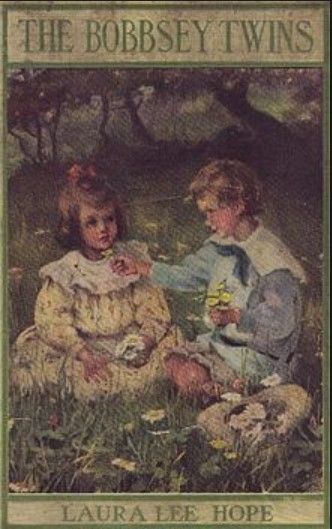
 Stephen Young and Ruby Hoyt had homes in Cleveland Heights most of their lives. Stephen did not spend much of his life in the town, however. He was overseas during both two world wars, and between those conflicts, and after, he spent much of his time either in Columbus, Ohio, serving in the state legislature, and in Washington D.C. during his career in the House and Senate. He did practice law in Cleveland from time to time, and I imagine him commuting into the city from his home on Edgehill Road in Cleveland Heights. [3]
Stephen Young and Ruby Hoyt had homes in Cleveland Heights most of their lives. Stephen did not spend much of his life in the town, however. He was overseas during both two world wars, and between those conflicts, and after, he spent much of his time either in Columbus, Ohio, serving in the state legislature, and in Washington D.C. during his career in the House and Senate. He did practice law in Cleveland from time to time, and I imagine him commuting into the city from his home on Edgehill Road in Cleveland Heights. [3]

